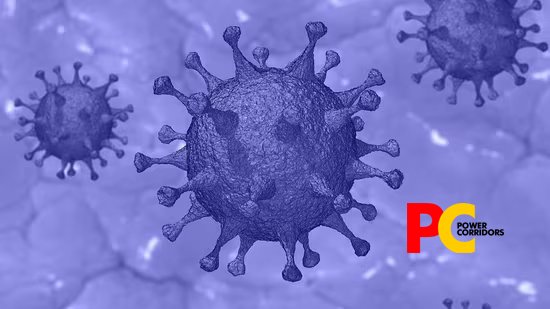Because of its fast spreading nature, the World Health Organization has designated the SARS-CoV-2 sub-variant JN.1 as a distinct variation of interest (VOI) from its parent lineage BA.2.86. The variant was recently found in Kerala.
JN.1 is a COVID-19 variant that descended from BA.2.86, explains infectious disease expert Amesh Adalja, M.D., a senior scholar at the Johns Hopkins Center for Health Security. JN.1 is “another Omicron variant,” he says.
“BA.2.86 has more than 20 mutations on the spike protein and there was a concern when it was first detected a while back that, wow, this might be a real problem,” says Thomas Russo, M.D., professor and chief of infectious diseases at the University at Buffalo in New York.
JN.1 has an additional mutation on its spike protein from BA.2.86, which is what SARS-CoV-2 uses to latch onto your cells and make you sick, Dr. Russo says.
In October last week, the US Centers for Disease Control and Prevention (US CDC) mentioned about a new variant called JN.1. “We are learning about a new variant called JN.1,” it said in an update made on October 27. The new variant immediately caught the attention of health experts and has stirred a fresh wave of concern among all. People who have been dealing with the COVID variants are definitely curious to know about the transmission rate and severity of this new variant.
“JN.1 was first detected in September 2023 in the United States and has been detected in 11 other countries. With this limited information, it is too early to tell whether it will spread more widely. Neither JN.1 nor BA.2.86 is common in the United States right now,” the US CDC has said. JN.1 makes up less than 0.1 percent of COVID cases in the US right now.
On this, the US CDC has an important update. “Even though BA.2.86 and JN.1 sound very different because of the way variants are named, there is only a single change between JN.1 and BA.2.86 in the spike protein,” it says and explains that the spike protein is also part of a virus that vaccines target, meaning vaccines should work against JN.1 and BA.2.86 similarly.
So far, no new symptoms associated with infection due to JN.1 have come to the fore. It might be because of the lesser number of cases associated with this new variant. Since it is a subvariant of the Omicron variant, the symptoms seen in this are quite similar to its ancestors. People should be careful about signs like sore throat, fatigue, muscle or body ache, headache, fever, cough, breathing difficulty, etc.













